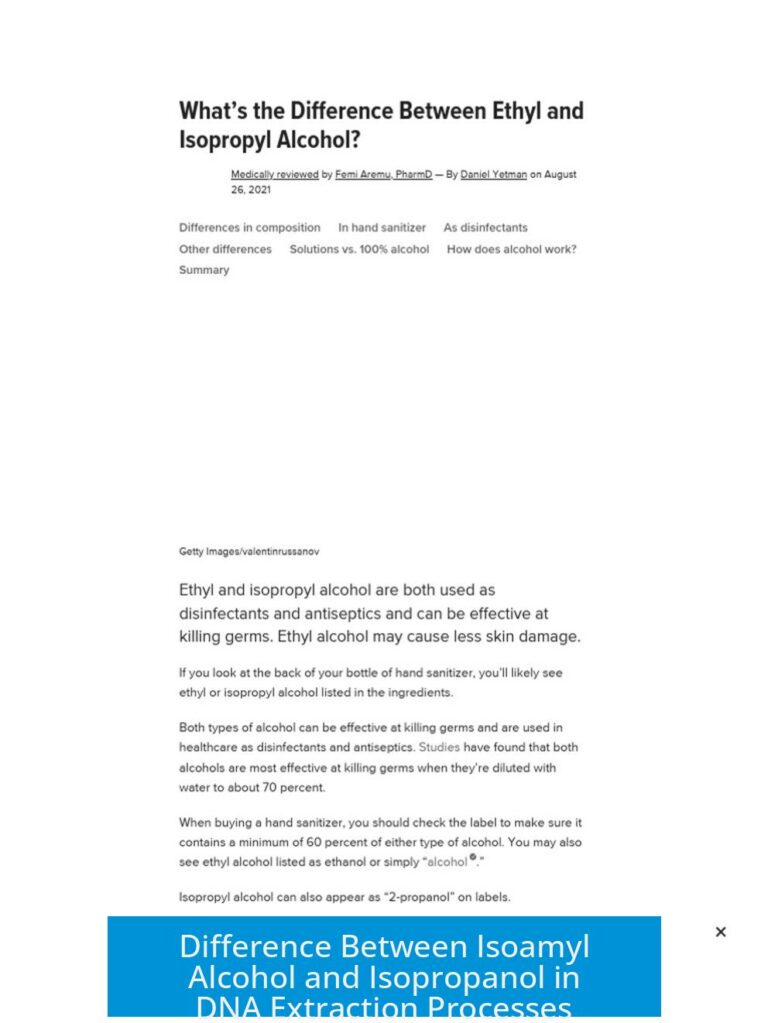Why Is the Bond Angle of Water 104.5 Degrees?
The bond angle of water is 104.5 degrees because this geometry represents the lowest energy configuration that balances electron pair repulsion and bonding interactions according to Molecular Orbital (MO) theory and hybridization.
Molecular Orbital Theory and Hybridization
Water’s oxygen atom undergoes sp3 hybridization. This hybridization suggests a tetrahedral electron geometry with bond angles near 109.5 degrees. However, the observed bond angle is smaller, about 104.5 degrees. This deviation arises from the influence of lone pairs on oxygen.
Influence of Lone Pairs on Geometry
Oxygen in water has two lone pairs of electrons in addition to two bonding pairs with hydrogen atoms. Lone pairs occupy more space and exert stronger repulsive forces than bonding pairs. As a result, lone pairs tend to push bonded hydrogen atoms closer together, reducing the H–O–H bond angle from the ideal tetrahedral angle.
- Lone pairs repel each other strongly and seek to maximize distance.
- This repulsion compresses the bond angle between hydrogen atoms.
Energetic Favorability of the 104.5° Angle
The 104.5-degree angle emerges as the most energetically favorable arrangement. Moving the hydrogens closer allows lone pairs to maintain maximum separation, minimizing overall energy. This compromise reduces electron pair repulsion more effectively than a standard tetrahedral geometry.
Walsh Diagram and Energy Minimization
The Walsh diagram plots molecular orbital energies as a function of the HOH bond angle. For water, this diagram shows that the total energy reaches a minimum near 104.5 degrees. This confirms that water’s bond angle optimizes orbital interactions and electron pair repulsions to achieve the lowest energy.
Summary of Key Points
- Water’s oxygen is sp3 hybridized, favoring a tetrahedral electronic geometry.
- Lone pairs exert stronger repulsive forces than bonding pairs.
- Lone pair repulsions compress the H–O–H bond angle from 109.5° to 104.5°.
- The 104.5° angle corresponds to the lowest energy, as shown by Walsh diagrams.
- This structure balances electron geometry and energy minimization effectively.





Leave a Comment